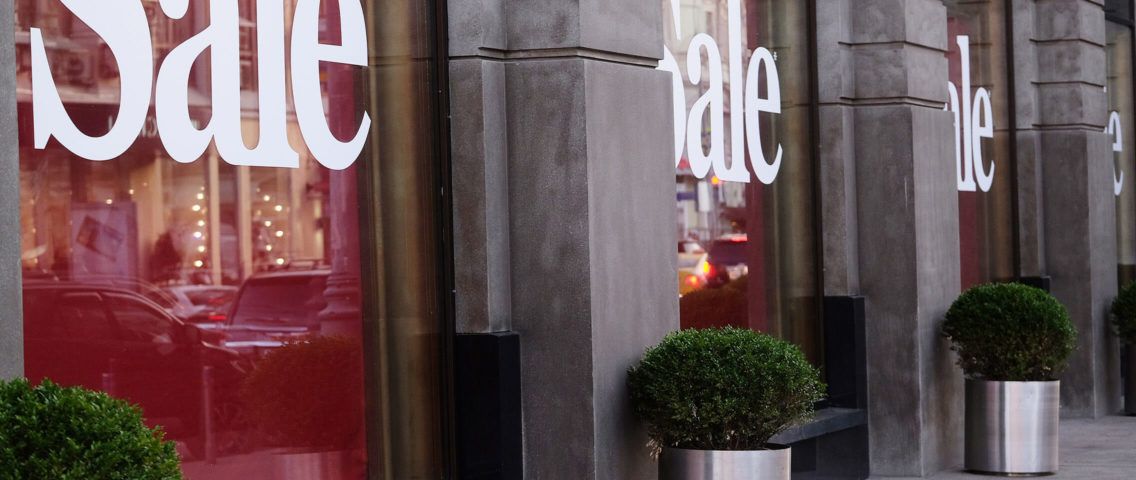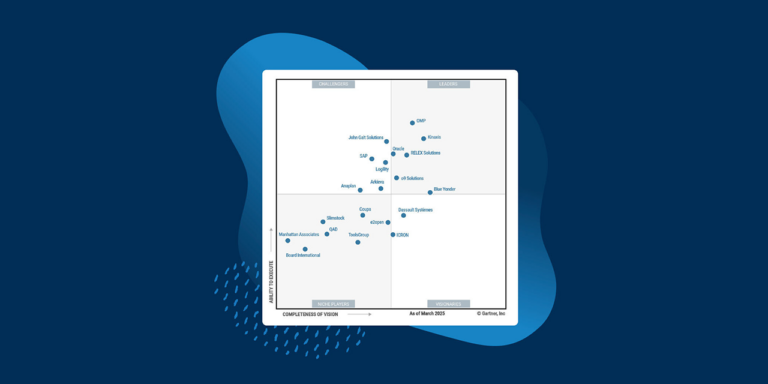Store closures and demand decreases: Learning from the past to plan for the future
Apr 28, 2020 • 3 min
As of this writing, many brick-and-mortar retail locations have closed with no specific date scheduled for reopening. While demand for some essentials has gone up during the COVID-19 crisis, demand for nonessentials continues to decrease. Online shopping is becoming the norm for many, while in-store shopping has been severely limited.
Retailers who are experiencing store closures or significant demand decreases need to plan now for the future. The establishment of a path forward means that businesses will have a way to recover once the coronavirus pandemic has passed.
Prepare your infrastructure for quick changes
Whether your stores are already closed or about to close, you need to reduce expenses quickly. Where possible, your buyers should reduce open purchase orders, renegotiate terms, or where possible, cancel them altogether to stop the inbound flow, particularly for items where significant demand decreases are expected.
As a last resort, consider asking suppliers to store product until the next seasonal peak. For example, merchandise from spring 2020 that is not overly trend-forward may still be viable in spring 2021. While you may not be able to sell it for as a high a margin at that time, holding it for a year may be a more profitable alternative than having to mark down or liquidate the stock this year.
While making these changes to your inventory, bear in mind that people haven’t stopped buying products altogether – they’ve just shifted to online shopping. Take advantage of this opportunity to make sales while stores are closed. Use closed stores for online fulfillment to more efficiently clear shelves by picking from existing in-store inventory instead of using a DC.
Make sure that your business has the infrastructure in place to handle the expected uptick in online orders. To mitigate the stress on your logistics and fulfillment chain, consider temporarily eliminating overnight shipping as an option to provide flexibility in responding to unexpected peaks in demand. Another option is to offer incentives to customers who accept longer shipping times, such as waived fees or additional product discounts.
Implement strategic promotions and markdowns to increase sales
Because retailers had minimal time to plan before the pandemic hit with full force, closed stores are likely filled with items that will no longer be relevant in a few weeks or months. The goal should be to clear out aged, unsold inventory as rapidly as possible. For example, Easter clothing and gardening tools were appealing in the spring but may no longer be relevant in the summer. Clearing through these items to make room for fresh, updated stock to be placed on shelves when the stores reopen is critical to ensuring relevance in customers’ eyes.
To accomplish this goal, consider strategic promotions and markdowns. Price reductions can make older inventory more appealing, allowing you to reclaim shelf space while continuing to make the sales that are critical for the bottom line. Online markdowns can be put into place now to increase sales further, particularly when it comes to inventory that is seasonal or has a limited shelf life. When stores reopen, additional markdowns on these items can be made in brick-and-mortar locations while you bring in new products.
Make plans now for returning foot traffic
The current state of the world is changing from moment to moment. While retail is always about planning for future change, it is more important than ever to prepare for what may transpire over the next few months. Take advantage of the time while stores are closed to make necessary updates to your inventory and your order fulfillment processes.
Evaluate current inventory levels and floor sets to determine whether each store should be reset or lightly reorganized in anticipation of the first day back. One option to consider is separating older, marked down stock on the floor or updating facings to improve visibility and increase sales opportunities.
Your workforce plans are also likely to need adjustment to account for the new post-pandemic normal. Use your forecasts to ensure that you will have adequate and appropriate staffing when stores reopen. If you anticipate an uptick in in-store returns, optimize your workforce to manage that demand, particularly in the first few weeks of reopening, when there may be a significant increase. And prepare your staff to manage the expectations of shoppers who have gotten used to the online ordering experience and may need extra assistance or guidance as they return to in-store buying.
Above all, now is the time to set your stores up for success. Soon, foot traffic is going to return, and you want to be ready to meet the expectations of those shoppers on day one.



